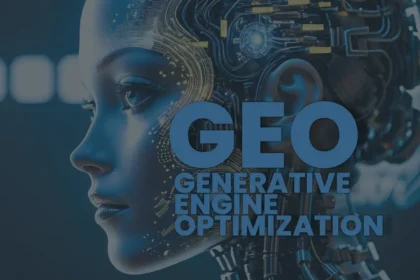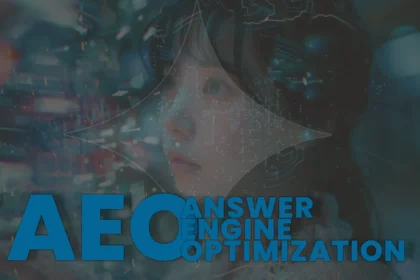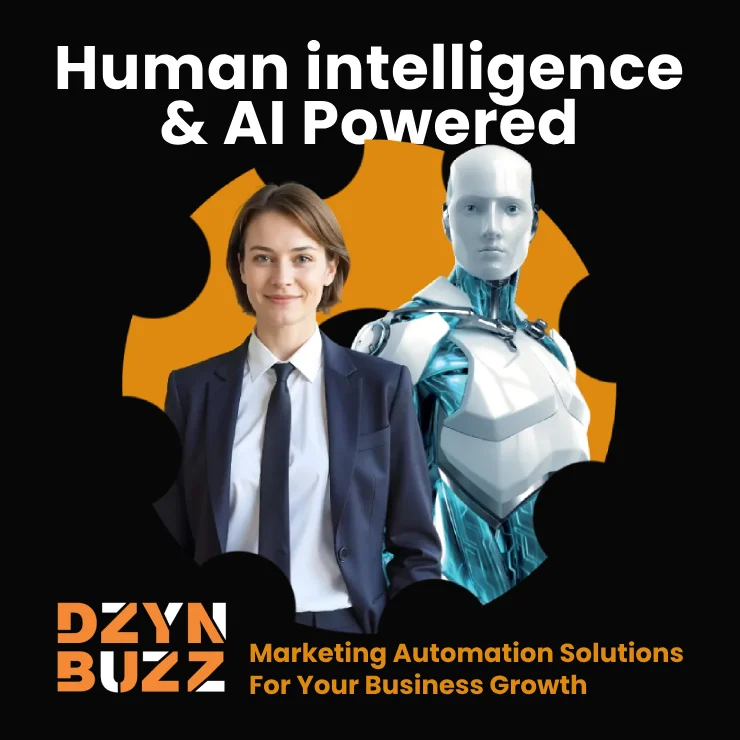Many businesses are investing in AI tools for sales, expecting a dramatic boost in conversions and revenue. But after all the effort and expense, the needle barely moves. The reality is, having the right technology isn’t enough. Without a clear strategy, proper alignment with your sales process, and team adoption, even the best AI tools for sales won’t deliver meaningful results.
Why AI Isn’t Delivering on Its Promise
1. You’re Using the Wrong Tools for the Wrong Stage
AI tools excel when tailored to specific stages of your customer journey. But most companies apply them generically—chatbots for every visitor, email automation for every lead. This causes disconnect. For example:
- Use predictive analytics for lead scoring.
- Deploy chatbots only on high-intent pages.
- Apply AI content tools to create personalized drip sequences, not bulk emails.
2. No Alignment Between Sales and Marketing
Your AI won’t help if sales and marketing teams operate in silos. A shared view of customer behavior and intent is vital. When these teams use AI insights collaboratively, the result is a unified experience that builds trust and drives conversions.
3. Poor Data Quality Is Feeding the AI
AI models are only as good as the data you feed them. Inaccurate, incomplete, or outdated data will produce misleading insights and failed automations. Ensure your CRM, analytics tools, and lead forms are capturing quality data before implementing AI.
4. Lack of Personalization in Outreach
AI allows for scalable personalization, but many marketers still treat it as a blast tool. Smart AI tools for sales should:
- Craft personalized subject lines and copy.
- Recommend dynamic content based on user behavior.
- Trigger emails based on real-time actions, not just timelines.
5. Failure to Train Teams
Even if your AI stack is optimized, your team might not be. If sales reps don’t know how to interpret AI-driven lead scores or marketing doesn’t understand behavioral triggers, you’re wasting valuable capabilities.
How to Turn AI Tools Into Revenue Engines
- Audit Your Tech Stack: Do your tools overlap? Are they being underutilized?
- Map Tools to the Funnel: Define which AI tool supports which stage of the customer journey.
- Start with Small Experiments: Use A/B testing to find what works before full rollout.
- Measure Business Impact: Tie tool performance to KPIs like lead-to-customer rate, sales cycle duration, and customer lifetime value.
- Invest in Onboarding: Give your teams simple tutorials and performance dashboards so they can make the most of your tools.
Real-World Example:
A B2B SaaS company integrated AI-based lead scoring with their CRM and used chatbot qualifiers on key landing pages. The result? A 38% increase in qualified leads and a 17% improvement in close rates within 3 months.
Takeaway
AI tools for sales can supercharge growth – but only when implemented with precision. Success lies in strategy, data, and team enablement – not just the tech itself.













